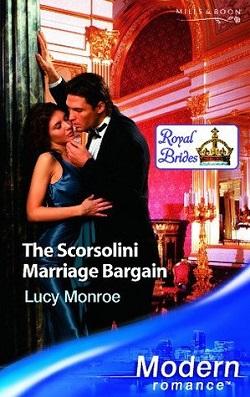On their first visit, one of the nurses gave me a copy of a book entitled Final Gifts. The book was written by two hospice nurses who had been inspired by the gifts dying persons can give the living if the living are open to receiving them. One thing the book alerted me to was that the dying often speak in a coded language and the living should be ready for that.
Friday morning John asked if the mail had come. “Not yet,” I said. “You remember they’ve put Todd [our longtime carrier] on a different route and the new person doesn’t come as early as he used to.” Then I remembered what the book had said and did an about-face. “Why? Were you expecting something?”
“No,” he said. “It’s for you.”
“What is it?” I asked.
“It’s a special message.”
“What does the message say?”
He looked at me indignantly. “I don’t open your mail.”
“It’s all right. I give you permission.”
But that was the end of the conversation. The special message was something I was going to have to open myself.
There was more laughter that week than I would have imagined. On Saturday morning, for example, I was in the living room when our son John came in and sat near the bed. He made an elaborate show of looking all around the room. “Okay, Dad,” he said. “There’s no one else around, you can tell me. Aren’t I your favorite child?” His father didn’t even bother to open his eyes. “No comment,” he said.
Later that morning, John said: “Where is the dog?” I found Pixie and brought her in. Then he said, “Tell everyone to come in.”
I summoned the children—including David’s wife, Aviana Tadler, and Lin’s husband, Stephen Pierce, all of whom were busy cleaning house—into the living room. Like a king from his throne John told them how much he loved them and how grateful he was for them. Son-in-law Stephen took a beautiful picture right afterward of John surrounded by his family. We all look amazingly happy. One by one each child then went in and had a private word with their father. Afterward, the hospice nurse said to him, “You know, John, you don’t have to worry. Katherine and the children are going to be fine.”
“Good,” he said. I don’t remember that he said anything else after that.
He opened his eyes Sunday afternoon when his youngest grandchild came to say good-bye, but he didn’t speak. His beloved adopted granddaughter Katie Greene came in with her parents a little later. I feel sure he knew they were there, but he was no longer able to respond. When the hospice nurse came in on Monday morning she expressed surprise at the dramatic change in John’s body from the day before. The children had all gone home on Sunday, but I called our daughter Mary, who lives in Vermont, and told her that the nurse didn’t think her father would live more than twenty-four or forty-eight hours. She came that afternoon. I called the agency to cancel the night person. Stephen Casadonte wanted to stay on, and he was the only caregiver we wanted with us. At about nine, our pastors, Carl and Gina Hilton-VanOsdall, came. They anointed John with oil and prayed with us. After they left I was sent to bed, but close to ten, both Mary and Stephen saw that John’s breathing had changed dramatically, so Stephen woke me up. I came into the living room to see Mary standing on one side of his bed holding her father’s right hand. I went and stood on the other side and held his left hand. For twenty minutes we watched as his breathing slowed and then quietly stopped.
The hospice bereavement counselor listened as I told her this story. “You know,” she said. “Dying is hard work, and not everybody does it well. But John, who had lost control of almost every aspect of his life, took control of his own death and did a magnificent job of it.”
Bit by bit, I am unwrapping John’s final gift to me, the special message that I must open by myself without his help. Already I know that in his final week he gave me the most blessed week of my life and showed me in his dying th
at there is nothing to fear in death.
Who Went Where When
Because we always seemed to be fleeing or moving, my life and that of my family can be very confusing. So it seemed helpful to enclose a sort of time line of the events chronicled in this book.
1893 (or 1894) George Raymond Womeldorf is born.
1895 Mary Elizabeth Goetchius is born.
1917 Raymond joins the Washington and Lee University ambulance corps.
1918 He is wounded.
1918–1920 He is in various hospitals and convalescent homes.
1920–1923 He is in Union Theological Seminary, Richmond, Virginia.
1921 Raymond and Mary meet.
1922 They get engaged.
1923 They marry and go to China for the first time.
1927 They flee to Korea.
1928 Raymond Jr. is born.















